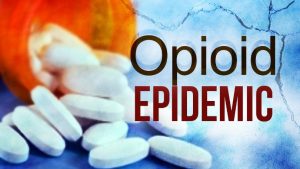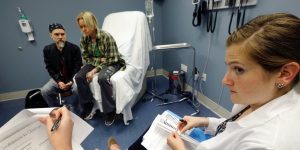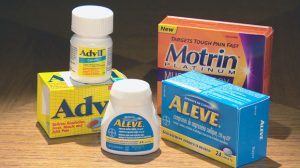
Opioid crisis in the US is rampant.
The United States is facing what it terms an “opioid crisis”. This issue has grown at such an alarming rate that a White House panel had to declare it a “national public health emergency”, a status usually assigned to a natural disaster. The number of opioid-linked deaths –both medication and overdose -is at an all-time high. In 2014, about 19,000 deaths were linked to opioids alone. There is a debate on whether to restrict the use of this drug. However, in such a debate, the fate of chronically ill patients who depend on the long-term use of this drug to keep their pain in check should be considered.
There is a staggering statistic that shows that 142 Americans die from a drug overdose every day. This is a quadruple increase from what it was in 1999. The figure places drug-related deaths above death occurring from vehicular crashes and firearms homicides combined. A national survey in 2015 on Drug Use and Health revealed that an estimated 3.8 million Americans use opioids for non-medical reasons.
This says a lot about the versatility of serial drug addicts. Since the clamp-down on hard drugs (the likes of heroin and cocaine), drug addicts have been on a quest to find an alternative which is readily available. On a good morning, you will find a crowd queued at BAART Beverly Clinic close to downtown Los Angeles waiting to receive their dose of methadone as treatment for prescription-opioid and heroin addictions.
Buprenorphine, Methadone and Naltrexone are the medications approved by the Food and Drug Administration (FDA) for the treatment of opioid addiction. It is a shame that so many addicts do not have access to these life-saving drugs.

Pain doctors insurance companies wont cover the alternatives to opioids.
Dentists and physicians do have a hand in opioid addiction. Some of them prescribe these drugs with reckless abandon, and the pharmacists who fill these prescription for patients also have their own share in the blame. In two-and-a-half decades there has been a jump in the prescription of opioids from 76 million to 219 million. Physicians now hand it over to patients after all manner of surgeries -whether the patient needs them or not.
Patients are often handed more drugs than they need which exposes them to the dangers of addiction. Johns Hopkins University School of Medicine’s Dr. Mark C. Bicket and colleagues published a review which showed that out of 810 patients who underwent seven different operations, 67 to 92 percent still had unused drugs in their home, and in about 77 percent of cases, the drugs were not properly stored.
If the use of drugs for non-medical reasons has to be curbed, there should be a way of limiting the oversupply of opioids prescribed to patients after surgery. However, opioids are not the only drugs to be feared. Recent observations and studies have revealed that all classes of drugs used to treat pain have their upsides and downsides, said Dr. Campbell.

A variety of some common NSAIDs
It’s easy for people to assume that if one tablet is good, two must be better. Non-steroidal anti-inflammatory drugs (NSAIDs) like naproxen and ibuprofen are not safe either -contrary to popular belief. Short-term use of these drugs by people with coronary artery disease can lead to clogging of the vessels, said Dr. Campbell. It can also lead to gastrointestinal problems, in addition to cardiovascular risks. In this case, it leads to the damage of the lining of the digestive tract, most prevalent if taken without sufficient food.
Because of the potential complications, the American College of Physicians and the American Pain Society guidelines on chronic back pain recommend the use of NSAIDs for the shortest time possible while the European Guidelines for Management of Chronic Low Back Pain recommends NSAIDs use for up to three months.
Acetaminophen is not always safe either because it can lead to kidney damage. A much safer alternative is the use of gel for topical application. Unfortunately, diclofenac gel is available only by prescription in the United States which makes it costlier. If this war on opioid dependence is to be won, I suggest making safer alternatives more readily available and conducting more campaigns to properly inform people of the dangers of the medicine they take.

